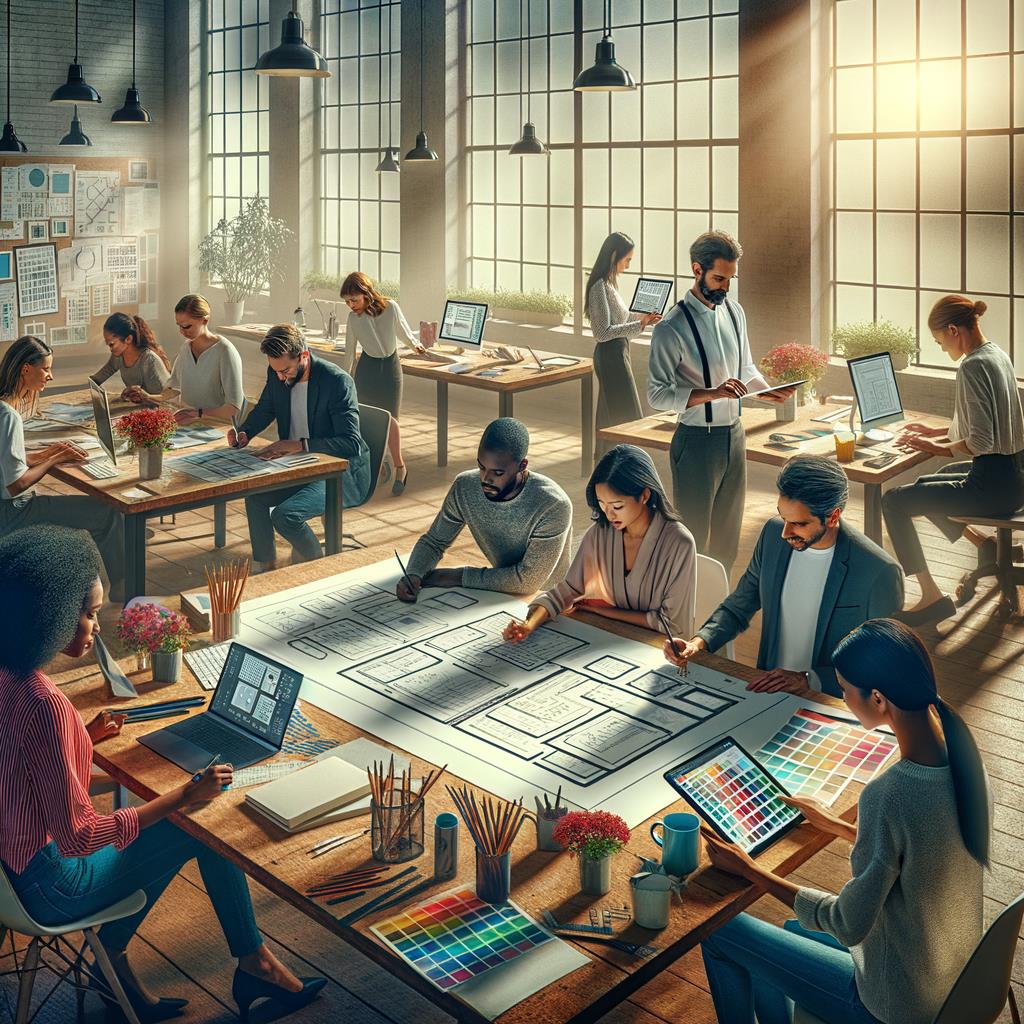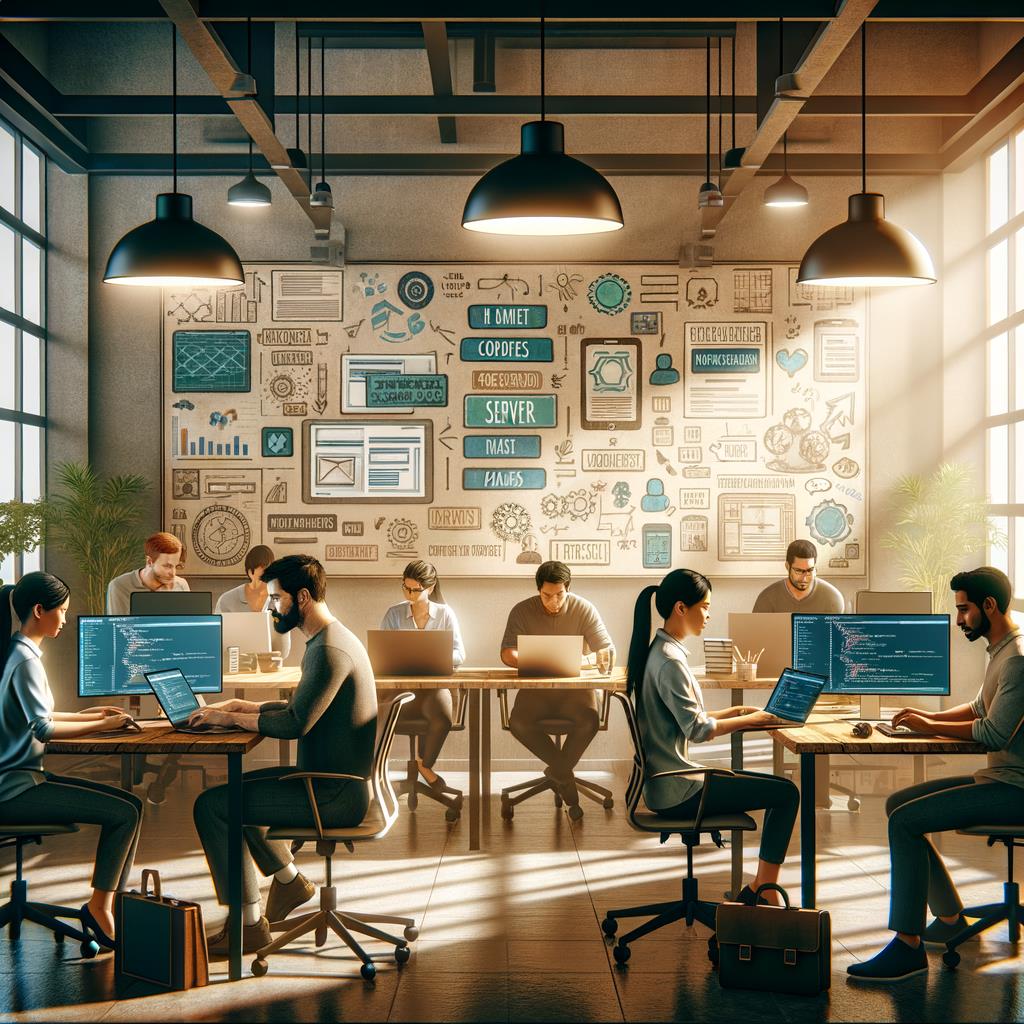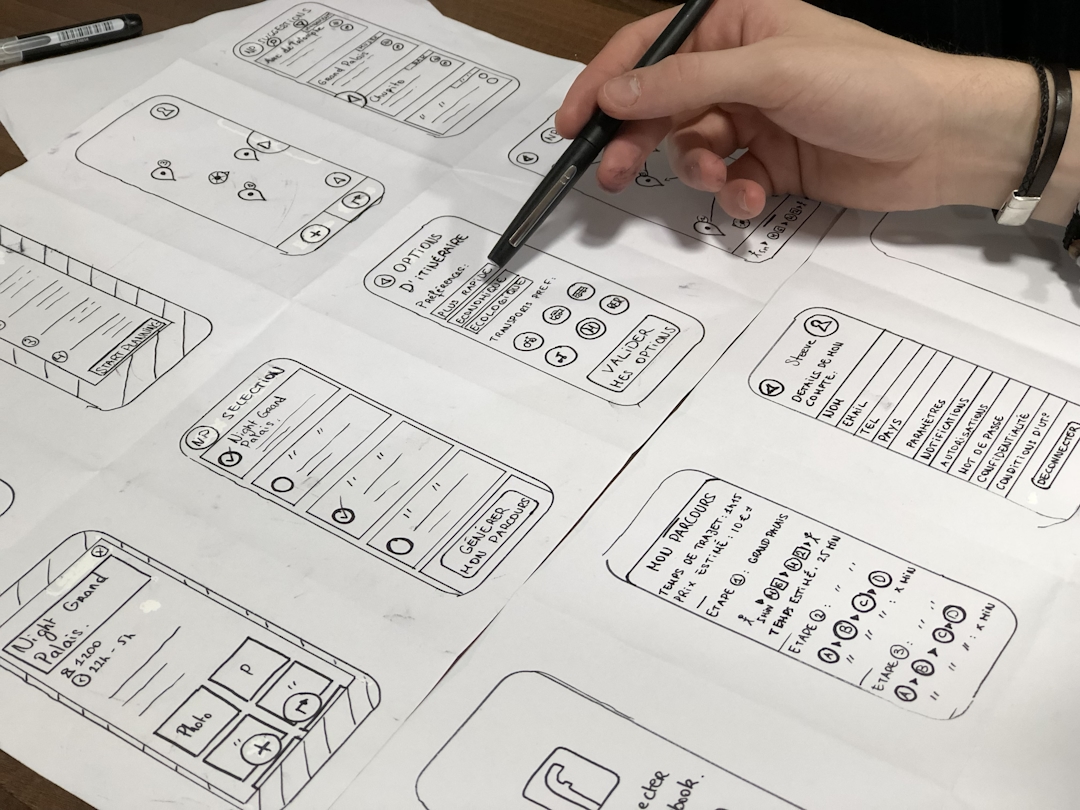Introduction
In today's digital era, creating a website involves more than merely displaying text and images online. It's about crafting a captivating digital experience that engages users. This process hinges on two key components: web design and web development. Often confused, these terms each play distinct roles in website creation. Web design focuses on visual elements—consider it the artist's brush, applying colors, typography, and layouts. Conversely, web development is the technical blueprint, ensuring the site functions smoothly. Understanding the difference between these two is essential for building a successful online presence.
Web Design: Definition and Scope #

Web Design: Definition and Scope
Web design is the art of shaping a website's visual appeal and user interaction. Imagine a storefront that captivates you with appealing displays and effortless navigation; that's what web design achieves for a website. It involves crafting an intuitive layout and selecting colors, fonts, and images that represent a brand's identity.
A crucial aspect of web design is maintaining visual consistency. This involves using uniform style elements across all pages to deliver a seamless experience. It's like setting a dress code for a party—ensuring everyone knows what to expect, thus enhancing the event's enjoyment. Designers utilize tools like Figma and Sketch to create mockups, visualizing the site's appearance and functionality before development.
Visual elements are vital in web design. They aren't merely decorative; they guide users, simplify information digestion, and keep engagement high. By focusing on these details, businesses can boost conversion rates and improve user satisfaction.
Web Development: Definition and Scope #

Web Development: Definition and Scope
Web development is the backbone of a website, transforming a designer's vision into a functional digital platform. While web design is the face of a website, web development is its core, ensuring smooth behind-the-scenes operations. It involves writing code that brings the site to life, making it interactive and functional.
Developers focus on two main areas: front-end and back-end development. Front-end development is like the stage crew in a theater, ensuring users see and interact with the website seamlessly. This involves using languages such as HTML, CSS, and JavaScript to build the user-facing parts of the site.
Back-end development is akin to scriptwriters and directors creating the storyline. It manages the server-side, handling databases and user data to ensure the site operates securely and effectively. Together, these roles ensure the site is not only visually appealing but also efficient and reliable.
How Design and Development Complement Each Other #

How Design and Development Complement Each Other
Web design and development are two sides of the same coin, each crucial for crafting a successful website. While design emphasizes aesthetics and user experience, development ensures these elements function smoothly and effectively. Together, they merge creativity with technical expertise to deliver a cohesive digital product.
The process begins with designers creating visual assets and wireframes, setting the foundation for the site's appearance and feel. Developers then implement these designs, using code to build the interactive features users engage with daily. This collaboration ensures the final product is both attractive and functional.
Ultimately, both designers and developers aim to enhance user experience. By working together, they build websites that not only draw in visitors but also keep them engaged, ensuring every click leads to a satisfying and efficient journey. This synergy between design and development transforms a basic website into a memorable digital experience.
Conclusion
Understanding the differences between web design and web development is crucial for creating effective websites. Web design shapes the visual and user experience, focusing on layout, colors, and typography to craft an engaging interface. Meanwhile, web development manages the technical aspects, ensuring the site operates smoothly and efficiently through coding and server management. When these two areas work in harmony, they produce websites that are not only visually appealing but also user-friendly and reliable. By recognizing their distinct roles and collaborative potential, businesses can build digital experiences that captivate and retain users.
Reference
- Web Design vs. Web Development: Differences & Why It Matters - Author: HubSpot, Publication: HubSpot Blog, Link: https://blog.hubspot.com/website/web-design-vs-web-development
- Web Design vs. Web Development: What's the Difference? - Author: Maryville University, Publication: Maryville University Blog, Link: https://online.maryville.edu/blog/web-design-vs-web-development/
- Web Design and Web Development: Meanings and Differences - Author: Upwork, Publication: Upwork Blog, Link: https://www.upwork.com/resources/web-design-vs-web-development

